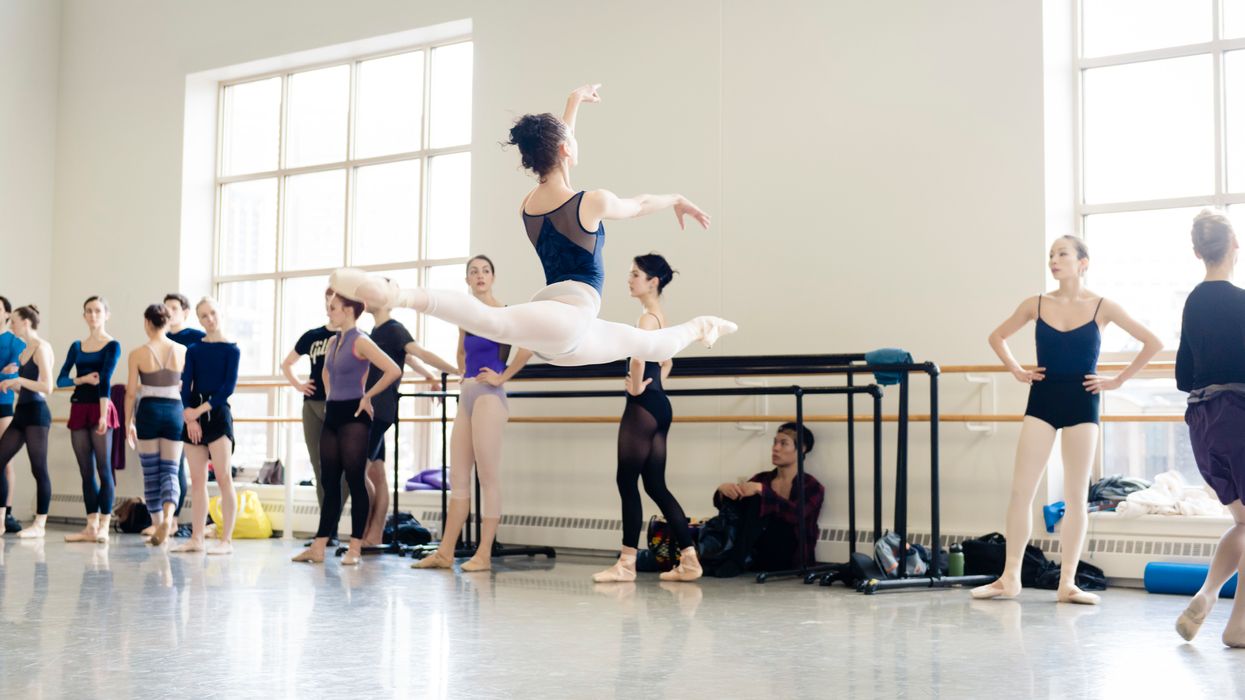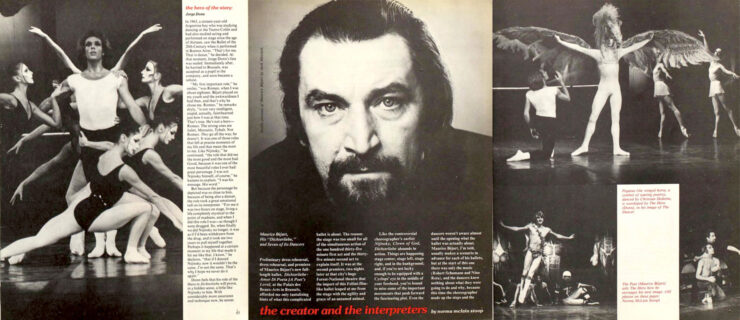Is Ballet Skimping on Allegro Training for Women?
From Basil to Bluebird, ballet men have long been given iconic allegro variations, and the triumphant codas, mazurkas or tarantellas that accompany them. With technically demanding feats, male ballet training tends to emphasize jumps and batterie. In general, men are more privy to additional allegro combinations at the end of multi gender classes, as well as male-only technique classes. This additional male allegro training allows for optimal performance preparation and increasing technical capabilities.
And the women? Most female ballet dancers today perform both classical and contemporary repertoire interchangeably, and this can include exuberant jumps similar to traditional male variations. Intricate allegro work can accompany any dance piece, from ethereal female roles of the past to contemporary ballet works created today.
So why doesn’t ballet training emphasize mastery of allegro as much for women as it does for men?
“I think that the trend for allegro and jumping for female ballet training isn’t quite as celebrated as it has been in the past,” says Nikki Hefko, owner and director of New Orleans School of Ballet. “But, to dance a classical ballet you have to be able to jump.”
There are a few theories on why female allegro training might have waned. In the past, allegro class work may have been more closely aligned with classical ballet choreographic requirements for female solo work, such as the petite, medium and grand allegro details needed for the Shade variations in La Bayadere.
Another consideration for training changes (for all genders) is whether or not teachers follow a syllabus or curriculum. At all training levels, this can impact the quantity and consistency of allegro combinations.
Lastly, with the rise in popularity of international dance competitions, female training trends today can reflect an increasing need for a popular “wow” factor. Hefko notes that she sees the trend of multiple pirouettes and high extensions emphasized for female class training. While the “wow” may also include grand allegro, the smaller jumps and connecting steps tend to be forgotten.
“For example with tombé pas de bourée glissade jeté, the common mistake is (executing) a huge glissade, then the jeté is deflated,” Hefko explains. “Understanding how to tombé pas de bourée glissade and using those steps to get down in the ground and push off for the jeté is essential.”
Lirena Branitski, a master teacher at the School of St. Paul Ballet who has trained ballet dancers in the Twin Cities for more than 30 years, says she sees fewer allegro combinations being given in some ballet classes than in the past. With less jumping, there can be repercussions.
“Jumps are strength and stamina,” Branitski says. “They are also vocabulary.”
Branitski starts allegro class work with simple jumps and progresses to difficult jumps throughout several combinations, at least four or five. For pre-professional women she also combines small jumps with pointe work.
“I like to mix sauté with relevé, on pointe or even demi-pointe,” she says. “You have to train ballet dancers with what they need to do on stage.”
Hefko also underscores the importance of musicality in allegro training. “Knowing that some steps require quicker movement than others, such as the temps de cuisse versus sissone,” Hefko says. “They both have the same value in terms of time… so dancers must listen to the music and dance accordingly.”
Hefko focuses on training girls to jump with strength and power, and often tells her dancers that jumping is the closest humans can get to flying. “The girls love jumping and the challenge of trying to suspend themselves in the air,” says Hefko. She fondly recalls her own jump training experiences growing up.
“I have a clear memory of when I learned brisé,” Hefko says. “It was so much fun. I loved it.”




